Material
Material Differences
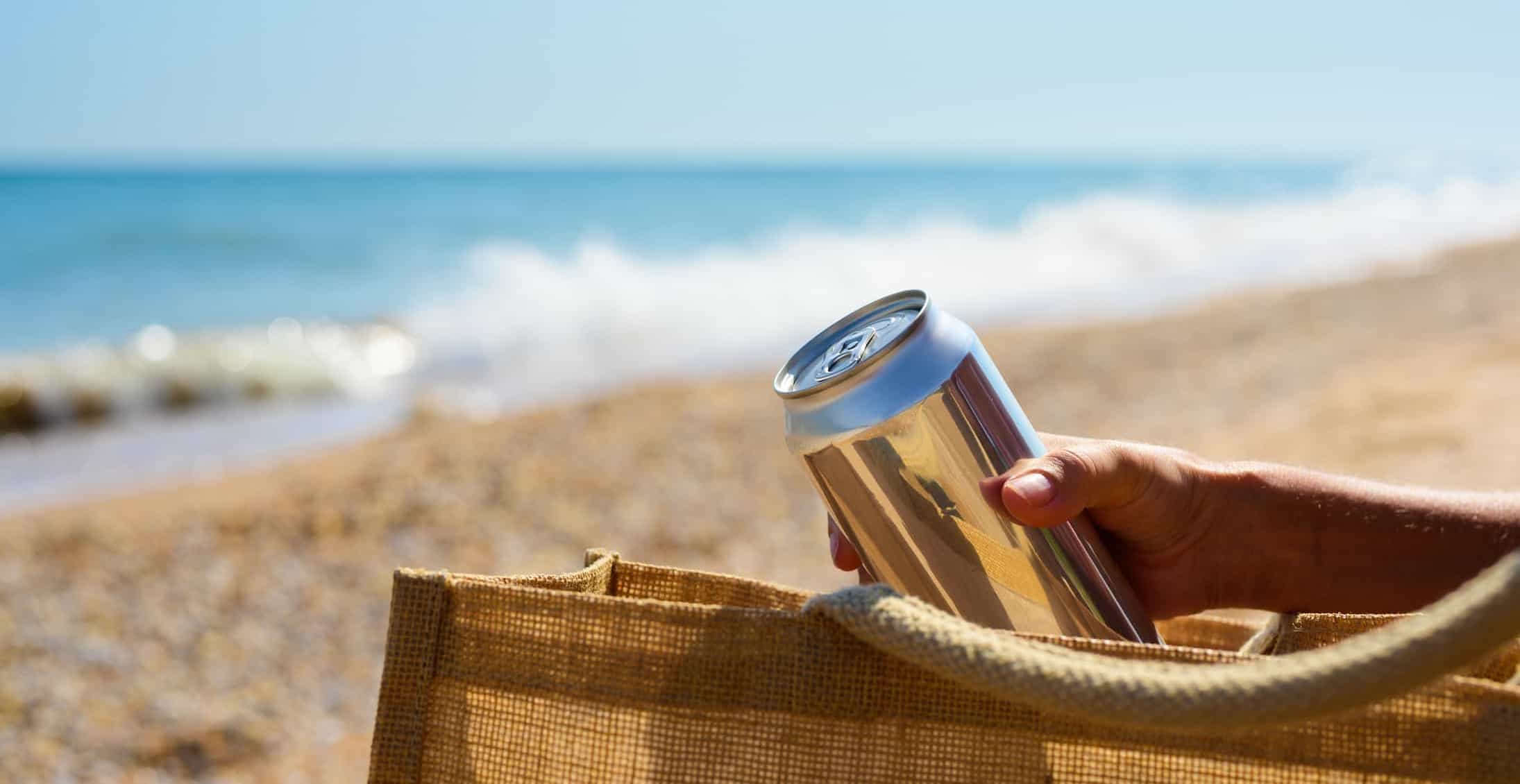
Why Are Aluminum Cans the Best Choice?
Packaging containers not only affect product quality but also relate to environmental protection and consumer health. Compared to plastic, glass, and paper packaging, aluminum cans have clear advantages in terms of environmental friendliness, safety, and functionality. Next, we will explore the differences between aluminum cans and other packaging containers, so you can understand why aluminum cans are the best choice for modern packaging, providing you with greater peace of mind when consuming.
Comparison with other materials

Aluminum Cans
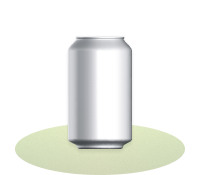
PET Bottles
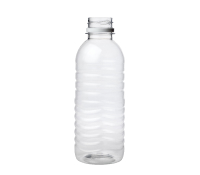
Glass Bottles
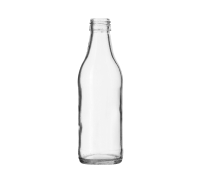
Aluminum Foil Package
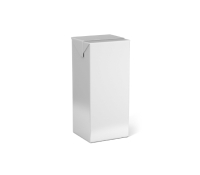
Average recovery rate
70-90%
45-55%
50-70%
20-40%
Shelf life
12-18 months
6-12 months
12-18 months
6-12 months
Durability
Excellent
Good
Excellent
Average
Packaging Characteristics
Strong compression resistance, not easily damaged
Lighter but prone to deformation
Good chemical stability but prone to damage
Multi-layered structure but not pressure-resistant
Transportation Convenience
Excellent
Excellent
Average
Excellent
Transportation Characteristics
Lightweight and compact, enhancing transportation efficiency
Lightweight, making them suitable for large-scale transportation
Heavier, leading to higher transportation costs
Lightweight and stackable, ensuring efficient transport
Cooling Speed
High thermal conductivity, quick cooling
Slow
Moderate
Moderate
Sealability
Excellent sealability, effectively preventing leaks
Seals liquids well
High air tightness
Good sealing performance
Light blocking
Completely blocks
Cannot fully block
Partially blocks
Completely blocks
Environmental Impact

Aluminum Cans

PET Bottles

Glass Bottles

Aluminum Foil Package

Environmental Advantages
Infinitely recyclable, high recovery rate, low carbon footprint
Lightweight, partially recyclable
highly recyclable, with excellent chemical stability, and do not release harmful substances.
Lightweight with excellent barrier performance
Environmental Challenges
Bauxite mining and refining require high energy
Low recycling rate, environmental pollution risk
Heavy, high transportation costs
Difficult to recycle due to complex structure
Material Characteristics
high recycling rate and low carbon footprint, demonstrating good environmental friendliness.
Improved recycling efficiency is key to minimizing long-term environmental impacts.
high recycling potential, but the process demands high energy, and energy efficiency improvements are needed.
Recycling aluminum cans still requires technical support to increase efficiency and reduce environmental burden.
Recycling Difficulty
Low, mature technology
Medium, requires cleaning and sorting
Medium, high melting energy
High, complex material separation
Safety
safe and do not release harmful substances.
Relatively safe, but should be kept away from high temperatures and direct sunlight.
Very safe, with no impact on the contents.
Safe, but requires quality control of multi-layer materials.
Environmental Regulations
The use of aluminum cans is encouraged due to their high recycling rate, meeting regulatory requirements.
Restricted by plastic pollution laws, with gradually increasing restrictions.
Recycling promotion is strong, but limited by high energy consumption.
Requires technical improvements to meet more stringent regulations.
Recycling Price

Aluminum Cans

PET Bottles

Glass Bottles

Aluminum Foil Package

Recycling Price
30 TWD/kg
10 TWD/kg
0.7 TWD/kg
1 TWD/kg
Choosing Aluminum Cans
for a Sustainable Future
Compared to plastic, glass, and paper packaging, aluminum cans offer high recyclability and a lower carbon footprint, reducing environmental impact while providing a safer and more reliable option for businesses and consumers.
GCM is committed to promoting the widespread use of aluminum cans. We believe that choosing aluminum cans means choosing a more sustainable and environmentally friendly future.
Let’s take action together—choose aluminum cans today and help protect our planet!
Let’s take action together—choose aluminum cans today and help protect our planet!
